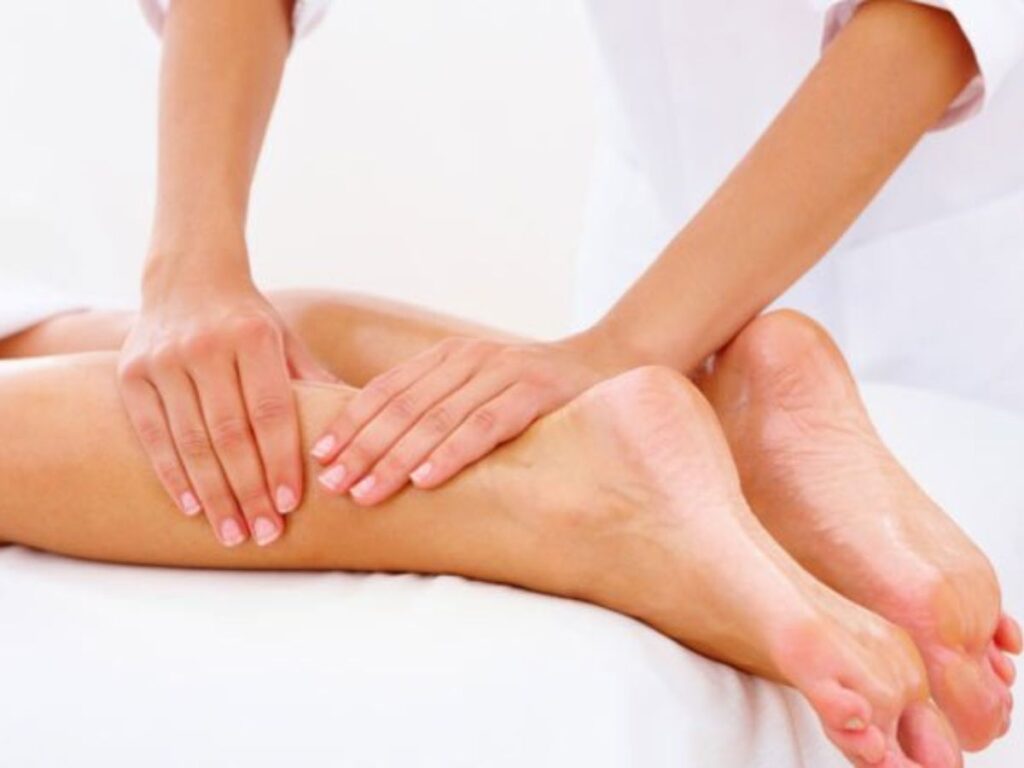Why the Back Responds Well to Massage
Back pain, encompassing areas from the upper thoracic region down to the lumbar spine, remains one of the most frequent musculoskeletal complaints. Whether triggered by poor posture, heavy lifting, or stress-related tension, the discomfort can severely limit daily activities. Massage therapy provides an avenue for relief by easing tight muscles, improving circulation, and breaking pain-spasm cycles. Additionally, it complements other interventions—like exercise or chiropractic adjustments—by loosening soft tissues and preventing knots from reforming. Over time, regular massage sessions can foster a healthier spine, reinforcing proper alignment and mitigating flare-ups.
Common Reasons for Back Discomfort
Different segments of the back face distinct stresses. Upper back tension often emerges from slouched shoulders or repetitive overhead tasks, straining the trapezius and rhomboid muscles. Mid-back pain may involve restricted thoracic spine mobility, sometimes tied to poor ergonomics or prolonged sitting. Lower back (lumbar) aches frequently stem from weak core muscles, disc-related issues, or muscle imbalances around the hips. Emotional stress can also manifest physically in the back as chronic tightness. Massage therapists gauge these root factors—examining posture, activity routines, and potential strain patterns—before applying tailored techniques that release tension and reset muscle tone.
Techniques That Soothe Back Pain
A range of modalities can address back issues. Swedish massage offers broad strokes that encourage relaxation and improved blood flow, beneficial for mild to moderate muscle tightness. Deep tissue work targets underlying muscle layers, particularly near the erector spinae or quadratus lumborum, where deeper knots can lurk. Myofascial release addresses fascial restrictions that limit spinal mobility. Some therapists incorporate cross-fiber friction on scarred tissues, aiding in realigning collagen fibers. By blending these strategies, a single session can relieve superficial tension while also unraveling deeper, entrenched adhesions, restoring a sense of length and flexibility along the spine.
Integrating Dr. Elham’s Alignment
Dr. Elham’s chiropractic expertise often complements massage therapy for back pain. If subtle vertebral misalignments persist, muscles might continually spasm in an attempt to guard these dysfunctional segments. Through gentle adjustments, Dr. Elham corrects these spinal misalignments, giving massage therapy a chance to solidify the improved alignment. Relaxed and balanced muscles help the adjustments hold, reducing the likelihood of recurrent spasms. Meanwhile, Dr. Elham may identify deeper structural issues—like uneven pelvis positioning or rigid thoracic joints—that, if unaddressed, continually strain the back. This synergy between chiropractic and massage yields lasting relief by addressing both skeletal and soft-tissue components of pain.
Benefits Beyond Pain Reduction
While immediate pain relief is a key motivator, massage therapy for the back also sparks secondary gains:
- Heightened Circulation: Improved blood flow speeds up muscle recovery, flushing out metabolic byproducts in tense tissues.
- Stress Alleviation: Many individuals carry psychological tension in the back, so bodywork can lighten emotional burdens too.
- Better Posture: Looser muscles around the thoracic and lumbar spine allow you to stand or sit more upright with less strain.
- Enhanced Mobility: Freed-up fascia or scar tissue fosters a greater range of motion, facilitating bending, twisting, or lifting objects comfortably.
- Complement to Exercise Routines: When muscles aren’t constantly knotted, exercise forms and strength gains improve, preventing further injury.
Over time, these accumulative effects help break the cycle of pain and tension, letting you focus on daily tasks and fitness with confidence.
Advice for Sustaining Results
Consistent massage therapy sessions can shift stubborn patterns, but daily choices matter equally. Therapists and Dr. Elham often recommend posture checks—like aligning the ears, shoulders, and hips—especially when standing or sitting for extended periods. Regular stretching, focusing on the hip flexors or hamstrings, can relieve pull on the lumbar spine. Engaging in low-impact exercises—like swimming or yoga—maintains spinal flexibility and core stability, reinforcing the positive gains from each massage. For those with high-stress lifestyles, short relaxation breaks—deep breathing, gentle trunk rotations—can prevent tension from cementing in the back. By marrying these habits with periodic massages, you fortify your back against chronic strain.
Tackling Activity Limitations
Back pain can hamper everything from household chores to competitive sports. Therapists address these functional challenges by analyzing how you lift groceries, vacuum floors, or perform athletic movements. They may recommend modifications, like bending from the hips with a neutral spine or distributing weight evenly across the body. If your work demands repetitive motions, scheduling micro-breaks and integrating quick back stretches helps stave off muscle fatigue. Over time, these practical tweaks, combined with massage therapy, liberate you from fear of aggravating the back—enabling you to garden, clean, or engage in recreational pursuits without the looming threat of a painful episode.
Risks of Leaving Back Pain Untreated
Untended back pain can evolve into a chronic condition, prompting compensations in posture or walking gait. Overworked muscles in the neck, shoulders, or hips may also flare up. Persistent tension near the lumbar spine raises risks for disc problems, sciatica, or facet joint inflammation. Even mild aches, if ignored, can undermine sleep quality, hamper productivity, and dampen one’s overall well-being. Massage therapy, enhanced by Dr. Elham’s alignment expertise, intercepts these negative spirals, restoring synergy among muscles and joints. This proactive approach keeps minor back twinges from snowballing into life-altering discomfort.
What a Typical Back Massage Session Entails
A standard session might start with superficial strokes across the upper back and lumbar area, warming tissues and identifying knot-laden zones. The therapist may apply deeper pressure along the spine’s paraspinal muscles, kneading away adhesions. If the lower back is the focus, attention could shift to the quadratus lumborum and glute attachments that influence lumbar stability. Periodic checks with the client regarding pressure ensure comfort. Some sessions incorporate gentle traction—pulling or stretching the spine—to decompress vertebral spaces. Ending with slower, lighter effleurage strokes soothes nerves and fosters a sense of tranquility, leaving the back looser and more mobile.
Working Toward Ongoing Wellness
Massage therapy for the back isn’t a one-off fix but rather an ongoing component of a wellness plan. Depending on the severity of tension or chronic issues, a therapist may recommend a series of weekly or bi-weekly sessions, gradually tapering off as mobility and comfort improve. Dr. Elham’s periodic spinal checks help ensure each stride forward in therapy doesn’t get undone by underlying misalignment. Over the longer term, a maintenance schedule—perhaps monthly sessions—can preempt fresh knots or posture lapses, preserving the balanced, pain-free state you’ve worked so diligently to achieve. With discipline and collaboration, you can keep your back resilient and poised for life’s varied demands.






